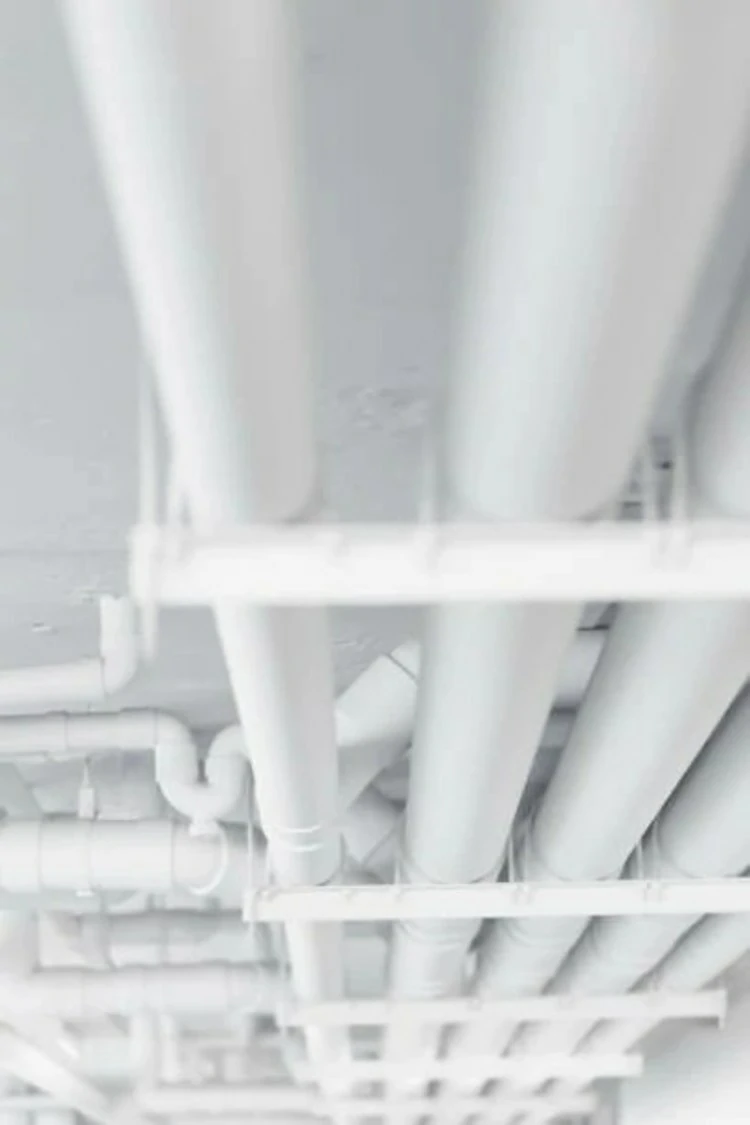Introduction
HDPE pipes, known for their durability and versatility, are also recognized for their sustainable attributes, particularly in terms of recyclability and reusability. This article explores the potential of HDPE pipes for circularity, highlighting their recyclability and opportunities for reuse in various applications.
Recyclability of HDPE Piping
Material Composition and Recycling Process
Manufacturers produce HDPE piping from high-density polyethylene, a thermoplastic polymer renowned for its recyclability. Recycling entails shredding used HDPE piping into small pieces, melting them, and extruding them into new products. Unlike other plastics, HDPE can undergo multiple recycling cycles without significant quality degradation, rendering it valuable for closed-loop recycling systems.
Environmental Benefits of Recycling
Recycling HDPE piping offers numerous environmental benefits, including resource conservation, energy savings, and reduction of landfill waste. By diverting used pipes from landfills and reintroducing them into the production cycle, recycling reduces the demand for virgin materials and minimizes the environmental impact associated with their extraction and processing. Additionally, recycling HDPE piping helps mitigate pollution and greenhouse gas emissions associated with waste disposal, contributing to a cleaner and more sustainable environment.
Opportunities for Reuse
Second-Life Applications
In addition to recycling, HDPE pipes offer opportunities for reuse in various second-life applications. Used pipes that are still structurally sound can be repurposed for non-pressure applications such as drainage, culverts, or protective casings. Reusing HDPE pipes in these secondary applications extends their service life, maximizes resource utilization, and reduces the need for new materials, thus promoting a circular economy model.
Modularity and Adaptability
The modularity and adaptability of HDPE pipes make them well-suited for reuse in different contexts. Their lightweight and flexible nature allow for easy disassembly, relocation, and reconfiguration, making them ideal for temporary installations or modular construction projects. By repurposing HDPE piping for multiple applications throughout their lifecycle, users can extract maximum value from the material while minimizing waste generation and environmental impact.
Conclusion
In conclusion, the recyclability of HDPE piping offers potential for promoting sustainability in construction and infrastructure. By using recycled HDPE pipes, stakeholders reduce their carbon footprint and contribute to a more environmentally responsible built environment. As demand for sustainable solutions grows, HDPE piping provide a versatile and eco-friendly option for modern infrastructure development.
Contact
IFANPLUS is a specialized product series launched by IFAN, primarily covering plastic piping, fittings, and various types of valves. We offer PPR and PVC pipes in German and American standards, ensuring the high quality and reliability of our products. IFANPLUS valve products include a variety of valves, from PPR valves to other diverse copper valves, catering to your specific requirements. Whatever product you need, IFANPLUS will be your reliable partner. Here is our contact information.
We will reply your email or fax within 24 hours.
You can call us at any time if there is any question on our production.
For more information,pls visit our webside https://www.ifanplus.com/
Pls Mailto: [email protected]






